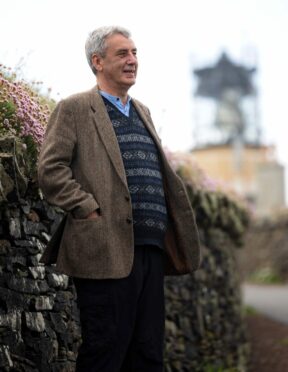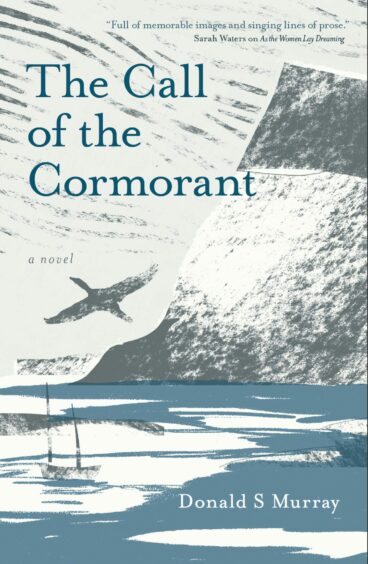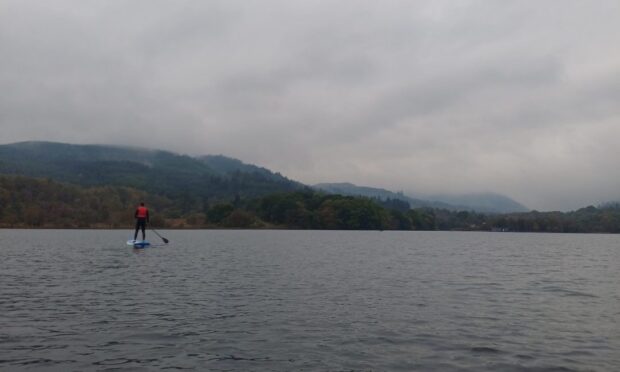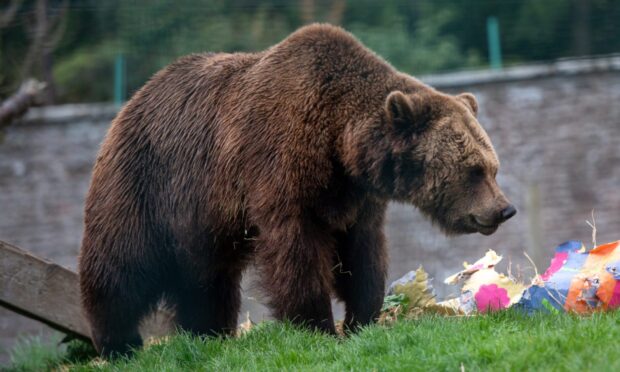Donald S Murray grew up on the Isle of Lewis, a pen never far from his hand. The writer, poet and playwright has followed in the rich storytelling tradition of the Western Isles. His latest work is historical novel The Call of The Cormorant, the tale of Faroese charlatan Karl Einarsson.
Donald was raised by his father, a weaver in a village near the tip of Lewis. He worked as an English teacher in the Western Isles and Shetland. “I always had a great interest in writing,” he recalls, “winning both local and national competitions when I was young.
“Storytelling was an important tradition in my home area,” says Donald. “South Dell, in particular, produced a large number of writers, especially in Gaelic, who deployed both story and song in their art. They included the Campbell brothers – Alasdair and Norman – who lived a short distance from my childhood home. Their writing has been translated into a few European languages, including Czech and German. There was also a great love of oral storytelling, tales often told when cutting peats or working on the croft.”
Young minds
That heritage aside, he also credits his students with influencing his writing and ideas: “Occasionally they would tell me about the songs they had heard, films they have seen or books they had read. This always encouraged me to stay up-to-date in terms of writing and even music.”
The Call of The Cormorant is set between two locations: The Faroe Islands of Karl Einarsson’s and Berlin in the 1930s. The author first came across the story of his main character in a museum in Reykjavik. “His paintings were on the wall there, most displaying a rather surreal and imaginative landscape of seas and cliff-tops, sea-monsters and varieties of fish. Among his work was his ‘passport’ in which he described himself both as Dunganon and the Duke of St Kilda.
“I was instantly drawn to him as a figure. Partly this is because I have always been fascinated by the way people project their fantasies on islands and their communities, revealing as much about themselves as the places they describe. This fantasy artist seemed to be a prime example of this trait. Peculiarly his existence also gave me permission to do the same.”
An unreliable biography
The result is the story of Karl Einarsson – an unreliable biography with a fair dollop of embellishment added by Donald. “Writing about a charlatan gave me a freedom to make some things up as I went along,” he freely admits. This was partly in reaction to some of my earlier work, such as my non-fiction books and As the Women Lay Dreaming about the Iolaire disaster where I had to be both sensitive and constrained by facts.
“The Call of The Cormorant liberated my imagination,” he enthuses. “As it was a work about a man who projected his fantasies on islands like St Kilda, it meant I could indulge in a few of my own, a form of new Nordic Noir.”
The Call of The Cormorant by Donald S Murray, £9.99, Saraband.












Conversation